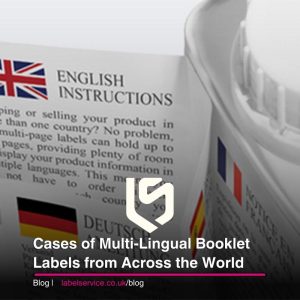Yes, you know it – you love it – you relish it on weekdays, weekends and that revered holiday of holidays, Valentine’s Day. That being said, can you actually define what chocolate is? This same question is now being debated in Brazil, as legislation has been proposed which would, if enacted, impose a stricter series of definitions for confectionery labels which will determine what can and cannot be labelled as chocolate for purchase in the country.
Traditionally, for a product to be considered authentic chocolate it must contain, at minimum, 35% cocoa products, which can include cocoa butter as well as additional dry matter from the cocoa. Given the fact that Brazil has traditionally imposed very relaxed and sub-standard regulations governing the labelling of chocolate, many of the products available on the market today which claim to be chocolate are composed of less than 20% cocoa, substituting this essential ingredient for any number of “fillers” which could include honey, nuts and other related items.
Although these products would, according to the new legislation, still be permitted to be sold within the marketplace, labels must be affixed to them which state “This product is not considered chocolate according to Brazilian legislation”. When asked for a statement on the potential ramifications of this new label policy, Senator Lidice da Mata argued that the new requirements would prove a much-needed motivation force for local cocoa bean farmers and distributors to improve efficiency and ramp up production. According to da Mata, “We need to transition from our status of commodity exporting country to a country that is able to add value to its products”.
It is also quite interesting to note that this new legislation will provide comprehensive definitions for various other products tangentially related to chocolate. These include cocoa powder, soluble cocoa, milk chocolate, white chocolate, chocolate candy and moulded filled chocolate, among other items.
Ultimately, by raising domestic standards, it is hoped that the chocolate industry in Brazil will finally reach the potential that agricultural experts in the area have deemed possible for years.
Given the fact that cocoa production in the Amazon region of the country has already begun to expand recently, many believe that these new confectionery labels standards will jumpstart a key component of Brazil’s agricultural infrastructure.
















